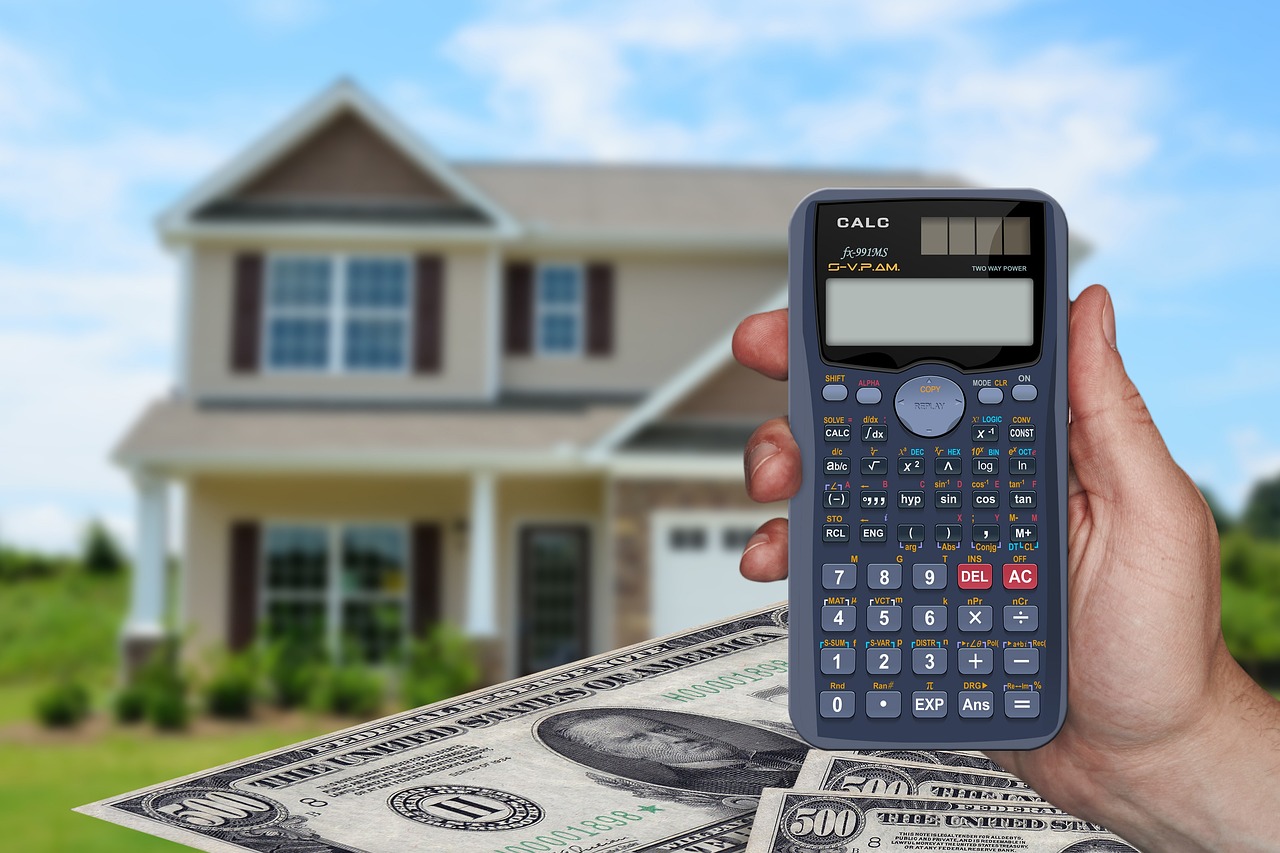The Underrated Potential of Mixed-Use Properties: A Comprehensive Guide
The world of real estate is vast and varied, brimming with opportunities for the discerning investor. One such opportunity lies in mixed-use properties: a blend of residential, commercial, and sometimes industrial spaces. These properties, often located in urban areas, have the potential to offer lucrative returns, but they also come with their own set of unique challenges and considerations. This article will delve into the complex world of mixed-use properties, exploring their potential benefits, associated challenges, and their impact on the overall real estate market.

A Brief History of Mixed-Use Properties
Mixed-use properties can be traced back to ancient civilizations where humans lived, worked, and traded in close proximity. However, the modern concept of mixed-use development was popularized in the 20th century, with the rise of urbanization and the need for efficient land use. Over time, these properties have evolved, reflecting changes in living habits, economic conditions, and societal norms. Today, they are seen as a key element in creating vibrant, sustainable, and liveable urban environments.
Mixed-Use Properties in Today’s Market
In recent years, mixed-use properties have seen a surge in popularity. This can be attributed to a number of factors. Firstly, they offer a diverse income stream. With different types of tenants, from residential to commercial, these properties are not overly dependent on one source of income. Secondly, they are often located in prime urban areas, attracting high foot traffic and ensuring steady demand. Lastly, mixed-use properties are seen as a sustainable solution to urban development, combining living, working, and leisure spaces in one area, reducing commuting time and promoting community interaction.
The Upside and Downside of Investing in Mixed-Use Properties
Like any investment, mixed-use properties come with their own set of advantages and challenges. On the upside, they offer diversification, reducing the risk associated with a single type of tenant. They also have the potential for higher returns, given their prime locations and varied income streams. However, they also pose unique challenges. Managing a mixed-use property can be complex, dealing with different types of tenants and varied lease agreements. Furthermore, securing financing for mixed-use properties can be more difficult due to their unique nature, and they may also be subject to stricter zoning laws.
The Impact of Mixed-Use Properties on Buyers, Sellers, and Investors
Mixed-use properties have a significant impact on the real estate landscape. For buyers, they offer the convenience of living in close proximity to amenities and workspaces. For sellers, they present an opportunity to tap into multiple markets at once. For investors, mixed-use properties provide an opportunity to diversify their portfolio and potentially reap higher returns. However, they also need to consider the unique challenges and complexities associated with managing and financing these properties.
The Future of Mixed-Use Properties
The future of mixed-use properties looks promising. As urbanization continues to rise and people seek more sustainable and convenient lifestyles, the demand for these properties is set to increase. Furthermore, the trend towards remote work and the growing importance of community interaction may also boost their popularity. However, investors must stay informed and agile, as market trends, zoning laws, and societal changes can affect the value and viability of these properties.
In conclusion, mixed-use properties offer a unique and potentially lucrative opportunity in the real estate market. However, like any investment, they require careful consideration, thorough research, and expert guidance. As the real estate landscape continues to evolve, staying informed and adaptable is key to success.





